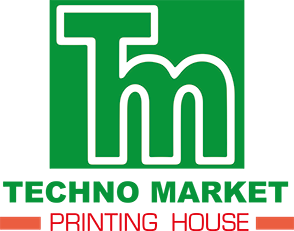Customer relationship management (CRM) is also referred to as CRM, is a process that aims to increase customer satisfaction and loyalty through making experiences that are unique to each individual. This is achieved through combining technology, processes, and teamwork between departments.
In the past maintaining these relationships was a laborious and manual process. Businesses used to store customer contact information on rolodexes, filing cabinets or spreadsheets. They weren’t shared with other departments and often resulted in lost sales opportunities and ineffective communication. Maintaining relationships has become much easier and i loved this more effective with the advent of new marketing technology platforms that offer a central database for customer data. These are referred to as CRM systems.
CRM tools simplify and centralize customer information, making it easier for teams to collaborate to maintain leads and improve the overall funnel for sales and marketing. In addition to capturing lead and customer interactions, CRMs can help companies identify the best potential leads by scoring and prioritizing them, ensuring that salespeople only communicate with qualified prospects. This can result in higher conversion rates and higher purchase values, and can significantly reduce the time needed to close an agreement.
Personalization is another important element of a CRM process that lets customers know that their business is appreciated. Sending a personalized note of appreciation following making a purchase or customizing an item or service to meet a specific need helps to build a relationship that encourages customers to return to purchase and brand loyalty.
